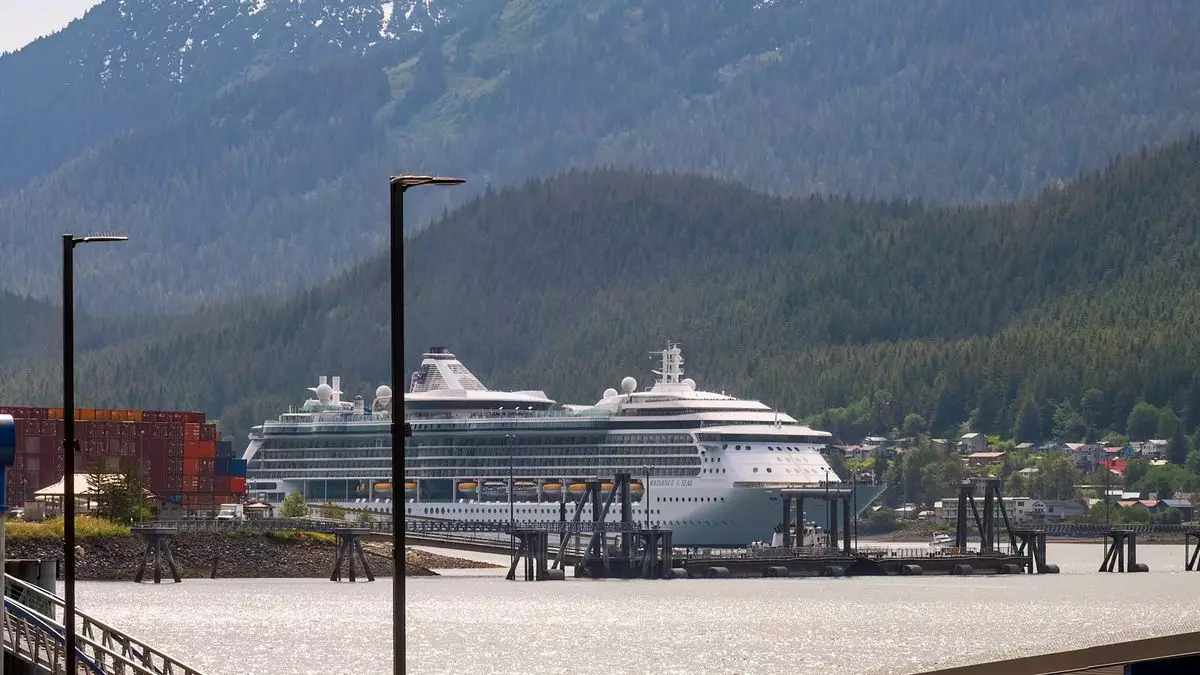As the cruise industry faces increasing scrutiny over overtourism, Juneau has taken a significant step to manage its maritime traffic. By implementing a limitation on the number of cruise ships—capping it at five—and a daily passenger cap of approximately 16,000, Juneau aims to not only protect its local environment but also preserve the quality of experience for visitors. This proactive approach can be seen as a model for other popular tourist destinations facing similar challenges, where the balance between tourism revenue and local preservation is continually at risk.
The announcements from MSC Cruises and Virgin Voyages, both poised to launch Alaskan itineraries for the 2026 season, indicate that the allure of Alaska remains powerful even in the face of capacity restrictions. By crafting itineraries that incorporate charming ports like Ketchikan and Juneau, these companies illustrate a strategic response to the new limits without relinquishing their ambitions for market expansion. However, their entry raises critical questions: What happens to other cruise lines that are eager to break into this coveted market?
Robert Morgenstern of Carnival Corporation highlights the complications faced by newcomers. Established lines benefit from pre-existing berthing agreements that secure their daily port slots; thus, the entry of new operators could result in fierce competition for the limited space. This situation hints at a potential consolidation within the industry, as larger lines may outmaneuver smaller ones striving to establish a presence in Alaska.
Effects on Passenger Experience and Environmental Conservation
The strategic imposition of limits in Juneau and possibly other Alaskan ports reflects a growing recognition of the need for sustainable tourism practices. Crucially, the effectiveness of this strategy will depend on how well local governments and cruise lines collaborate to create a visitor experience that respects both the environment and the community. If the current standards are maintained, cruise passengers may find their Alaskan adventures enriched by a less crowded, more intimate exploration of the state’s wonders, fostering deeper connections to the natural beauty around them.
This approach also serves as a potential template for other destinations grappling with similar overtourism consequences. By prioritizing local values and environment over sheer tourist numbers, regions around the globe can preserve their cultural and ecological integrity, ensuring their attractions remain viable for future generations.
Moving forward, the challenge will remain for Alaskan ports to strike a balance between accommodating tourism demand and protecting their unique ecosystems. Industry leaders will need to navigate not just the physical limitations imposed by the state but also the evolving preferences of consumers, who increasingly prioritize sustainable travel options.
As Juneau and its peers forge this complex path, the success or failure of these initiatives may have resonating implications throughout the tourism industry. By taking bold steps today, they could redefine the cruise experience, making it less about the numbers and more about quality and sustainability—a trend likely to appeal to the environmentally conscious traveler of tomorrow.


Napsat komentář